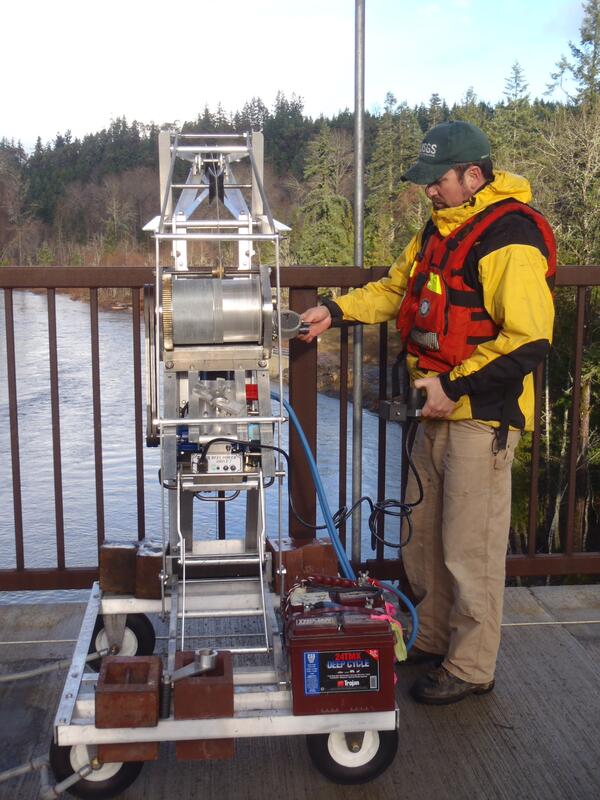From 2015–2020, Chris was the Associate Director for Investigations at the USGS Arizona Water Science Center, disseminating high-quality hydrologic data and scientific reports on water resources in Arizona and the Southwest. Chris worked closely with cooperating state, local, and federal agencies, tribes, and academic researchers. From 2000–2015, Chris was a hydrologist, research hydrologist, and project chief at the USGS, working on multiple projects involving fluvial geomorphology throughout the western United States. Chris researched rapids on the Colorado River in Grand Canyon and Cataract Canyon, the Elwha River dam-removal project, sediment production from Mount Rainier and other glaciated stratovolcanoes, and the interactions between geomorphology and aquatic ecology pertaining to salmon. Chris was closely involved with the USGS response to the March 22, 2014, Oso Landslide of Washington State.
Before joining the USGS, Chris was an engineer and R&D project manager with the Hewlett-Packard Company building color inkjet printers. As a youth, Chris was fascinated with fluid mechanics and thermodynamics, thunderstorms, flash floods, airplanes, rockets, and rivers. For over 25 years, Chris has been fortunate to enjoy fluid mechanics and thermodynamics in his professional research and engineering career. Chris is the inventor of 5 patents and has authored or co-authored over 50 peer-reviewed papers and reports on topics ranging from directional solidification, microscopic droplet ejection, landslides, debris flows, extreme rainfall events, extreme floods, to the hydraulics of rapids—it’s all fluid mechanics, just different scales and viscosities.





